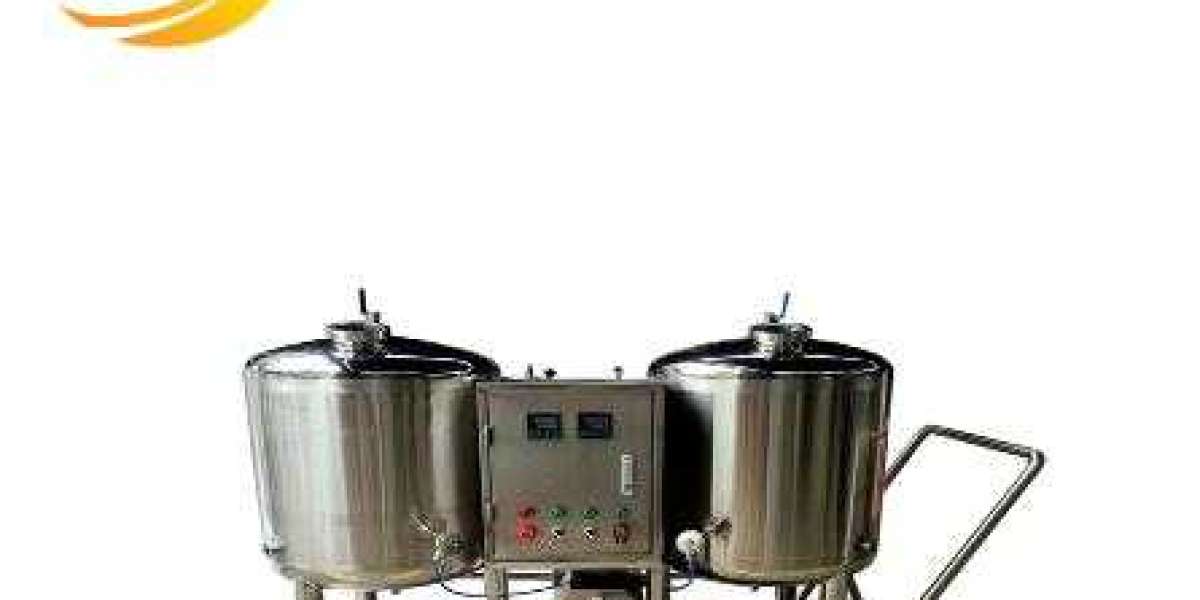Introduction to D-Sub Connectors
Welcome to the exciting world of electronics, where innovation and connectivity reign supreme! In this fast-paced era, staying connected is not just a luxury but an absolute necessity. And when it comes to ensuring seamless communication between various electronic devices, D-Sub connectors play a pivotal role. These small yet mighty connectors have become a cornerstone in the realm of electronics, enabling efficient data transfer and reliable signal transmission. So, let's dive into the fascinating world of D-Sub connectors and uncover their significance in modern technology!
Types of D-Sub Connectors
D-Sub connectors, also known as D-subminiature connectors, are a common sight in the electronics industry. These versatile connectors come in various types, each designed for specific applications.
One popular type is the standard D-sub connector, which features two rows of pins or sockets. It comes in different sizes such as 9-pin, 15-pin, and 25-pin configurations. Another variant is the high-density D-sub connector that packs more pins into a smaller space.
For specialized applications that require enhanced performance and reliability, there are filtered D-sub connectors available. These connectors have built-in filters to minimize electromagnetic interference (EMI) and ensure signal integrity.
In addition to standard and filtered options, there are also waterproof D-sub connectors suitable for harsh environments where moisture or dust may be present. These connectors feature sealing gaskets or IP-rated housing to protect against ingress.
Furthermore, there are combo D-sub connectors that incorporate multiple signal types within a single connector shell. This allows for compact and efficient integration of different signals like power, coaxial cables, or fiber optics.
With their wide range of types catering to diverse needs in the electronics industry, it's clear why D-Sub connectors continue to be widely used today.
Applications of D-Sub Connectors in Electronics
D-Sub connectors, also known as D-subminiature or D-type connectors, play a crucial role in various electronic applications. These versatile connectors find extensive use across different industries due to their robust design and reliability.
One of the primary applications of D-Sub connectors is in computer systems. They are commonly used for connecting devices such as monitors, keyboards, mice, and printers to the central processing unit (CPU). Their popularity stems from their ability to transmit both power and data signals efficiently.
In addition to computers, D-Sub connectors are widely employed in telecommunications equipment. They enable the seamless connection between devices like modems and routers, facilitating smooth communication over networks.
Another significant application area for D-Sub connectors is industrial automation. In manufacturing environments, these connectors are utilized for linking various control panels and machinery components. Their sturdy construction ensures reliable connectivity even under harsh operating conditions.
Furthermore, D-Sub connectors have found their way into audio/video equipment such as televisions and sound systems. These connectors enable the transmission of high-quality audio and video signals between different multimedia devices.
The medical field also benefits from the use of D-Sub connectors. They are frequently integrated into diagnostic instruments like ultrasound machines or patient monitoring systems to ensure accurate data transfer.
The versatility of D-Sub connectors makes them indispensable in numerous electronic applications across diverse industries. With their ability to handle both power and data signals reliably, they continue to be an essential component in modern electronics systems.
Advantages and Disadvantages of D-Sub Connectors
When it comes to connecting electronic devices, D-Sub connectors have been a popular choice for many years. These connectors offer several advantages that make them widely used in various applications.
One of the main advantages of D-Sub connectors is their durability. These connectors are built to withstand harsh conditions and can handle high levels of vibration and shock. This makes them ideal for industrial environments where reliability is crucial.
Another advantage is the versatility of D-Sub connectors. They come in different sizes, ranging from 9 pins up to 50 pins, allowing for flexibility in design and accommodating various signal requirements. Additionally, these connectors are available in both male and female versions, enabling easy connections between devices.
Furthermore, D-Sub connectors provide excellent shielding against electromagnetic interference (EMI). The metal shell surrounding the connector provides a strong barrier that helps prevent signal loss or distortion caused by external factors.
However, there are also some disadvantages associated with D-Sub connectors that should be considered. One drawback is their size compared to other connector types. The larger size may limit their use in space-constrained applications or when multiple connections need to be made within a small area.
Additionally, although they offer good EMI shielding properties, the metal shell can make these connectors bulky and heavy compared to alternative options such as USB or HDMI connections.
Despite these drawbacks, D-Sub connectors continue to play an important role in many industries due to their reliability and compatibility with legacy systems. As technology advances further with smaller form factors and higher data transfer rates, it will be interesting to see how the future unfolds for these classic yet dependable connectivity solutions.
Future of D-Sub Connectors in the Industry
As technology continues to evolve at a rapid pace, it is natural to wonder about the future of D-Sub connectors in the electronics industry. These versatile connectors have been widely used for decades and have proved their reliability and durability. However, with advancements in connectivity options, such as USB and HDMI, some may question whether D-Sub connectors will remain relevant.
One thing is certain: D-Sub connectors are here to stay. While newer connection options offer faster data transfer rates and smaller form factors, there are still numerous applications where D-Sub connectors excel. They continue to be widely used in industrial automation systems, telecommunications equipment, military devices, and many other industries that demand robust connections.
The future of D-Sub connectors lies in their adaptability. Manufacturers are constantly improving these connectors by incorporating new features like high-density layouts and enhanced shielding capabilities. This allows them to meet the evolving needs of various industries while maintaining backward compatibility.
Moreover, as more advanced technologies emerge, there may be opportunities for further innovation with D-Sub connector designs. For instance, we might see hybrid connectors that combine the benefits of different connection types into a single solution or even wireless versions that eliminate physical cable connections altogether.
In conclusion, while it's true that newer connectivity options have emerged on the market, D-Sub connectors will continue to play a significant role in the electronics industry for years to come. Their reliability and versatility make them indispensable for many applications where robustness is paramount. So don't count out these reliable workhorses just yet; they're here to stay!
Conclusion
In this article, we explored the role of D-Sub connectors in electronics and their significance in various applications. These versatile connectors have proven to be reliable and efficient in transmitting data signals and providing connectivity solutions for a wide range of electronic devices.
From their inception as standard connectors for serial communication, D-Sub connectors have evolved into various types, including DB9, DB15, and DB25. Each type offers its own set of advantages and is designed to cater to specific requirements.
The applications of D-Sub connectors are vast and diverse. They can be found in computer systems, industrial machinery, telecommunications equipment, medical devices, aerospace technology, automotive electronics, and many more. Their ability to handle both digital and analog signals makes them indispensable components in these industries.
One key advantage of D-Sub connectors is their durability. The robust construction ensures that they can withstand harsh environments like extreme temperatures or vibrations without compromising signal integrity. Additionally, the availability of different gender options allows for flexibility when connecting devices.
However, there are a few disadvantages associated with D-Sub connectors as well. Their larger size compared to other connector types may limit their use in compact electronic designs. Moreover, inserting or removing pins from densely packed connector interfaces can sometimes be challenging.
Looking towards the future of D-Sub connectors in the industry, it is clear that they will continue to play a crucial role due to their reliability and versatility. While advancements such as USB-C offer smaller form factors and faster data transfer rates for certain applications; however, D-sub Connectors still hold strong positions where robustness against external factors are important.
D-Sub Connectors remain an essential component in modern electronics despite competition from newer technologies. With ongoing research on materials innovation and design improvements, we might expect further enhancements such as miniaturization while maintaining compatibility with existing standards. As technology continues to evolve at a rapid pace, it will be interesting to see how D-Sub connectors adapt to meet the changing demands of the industry.








